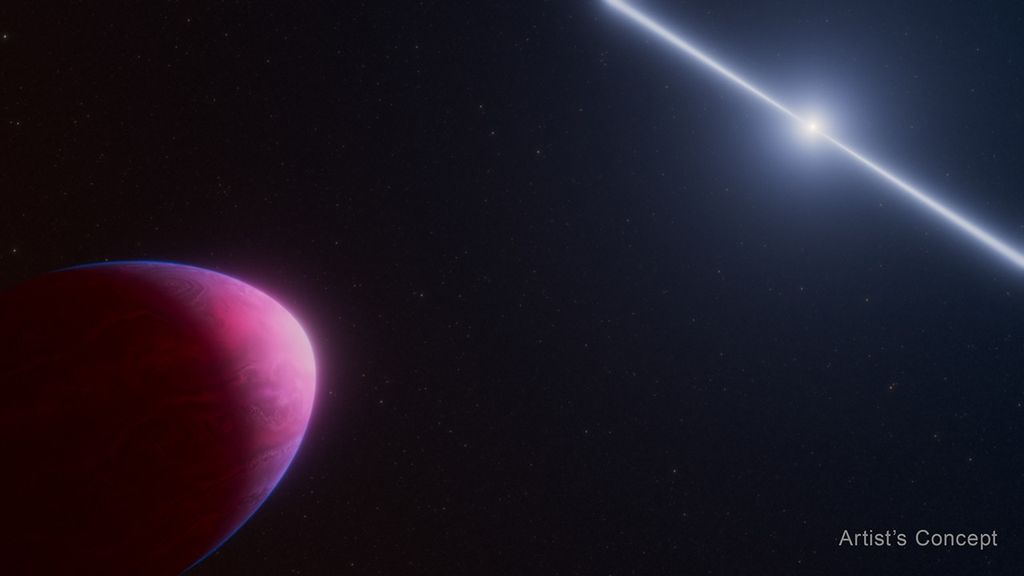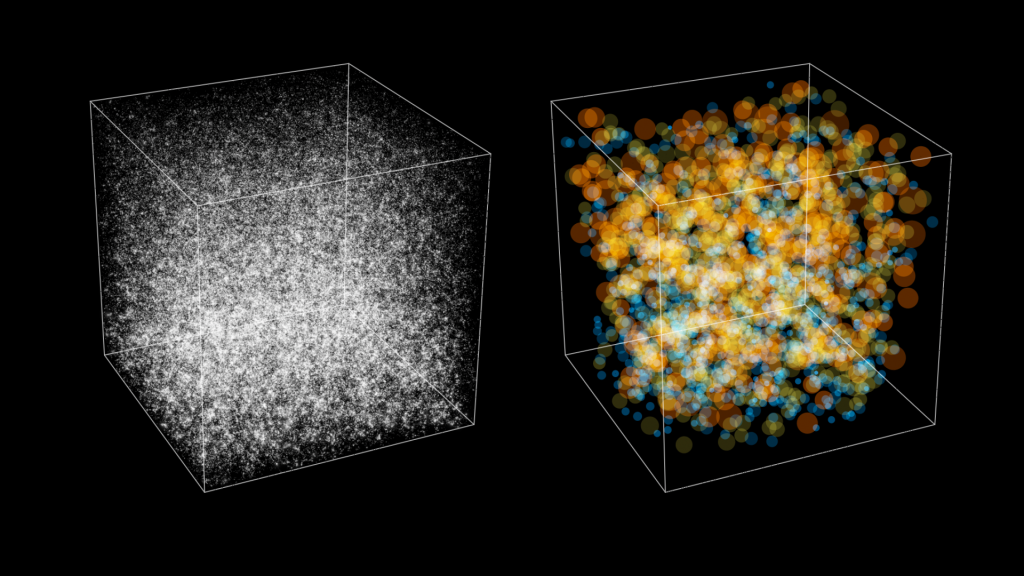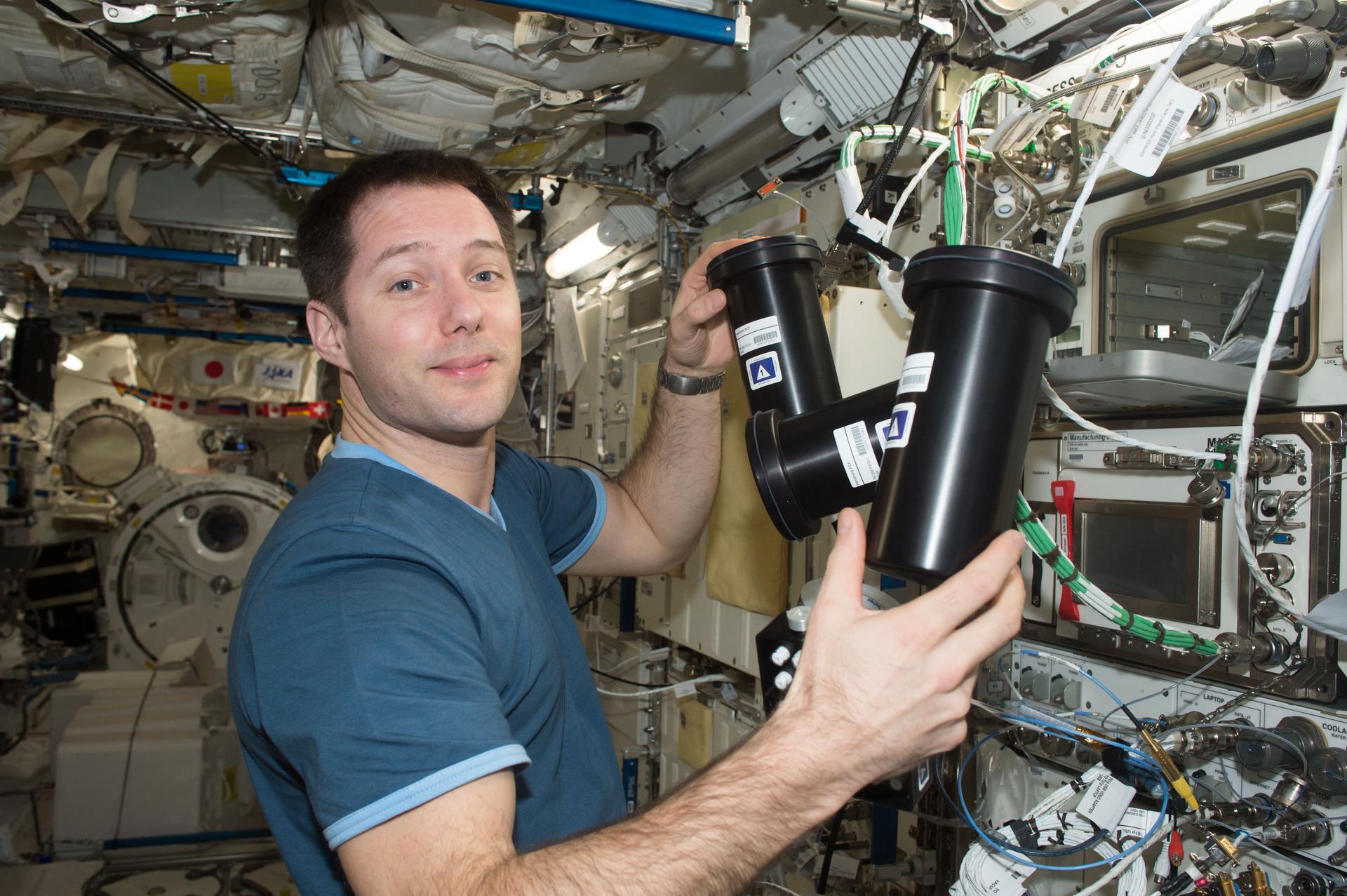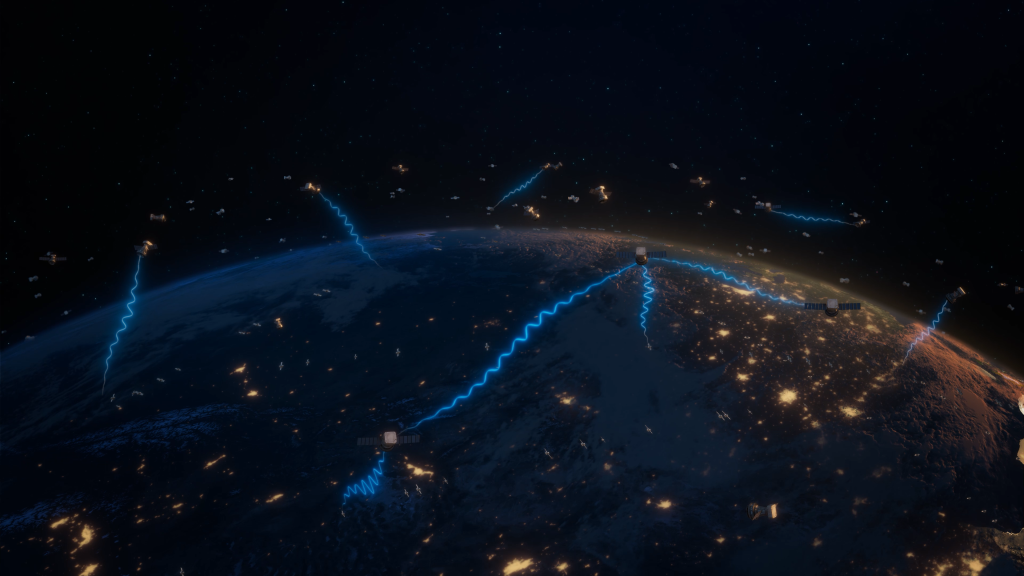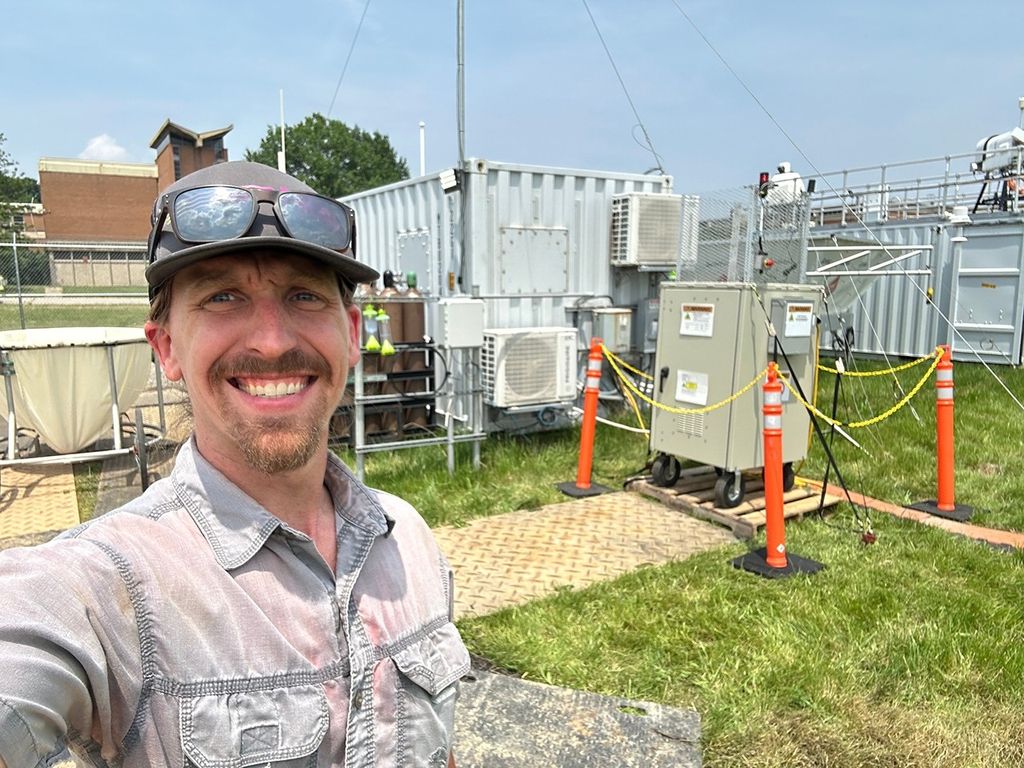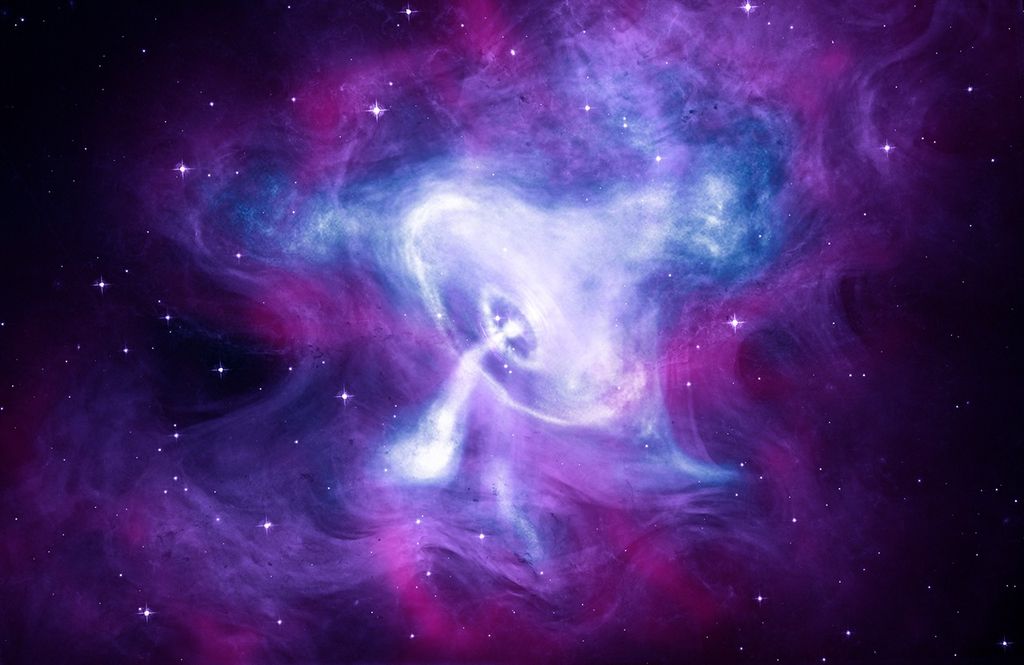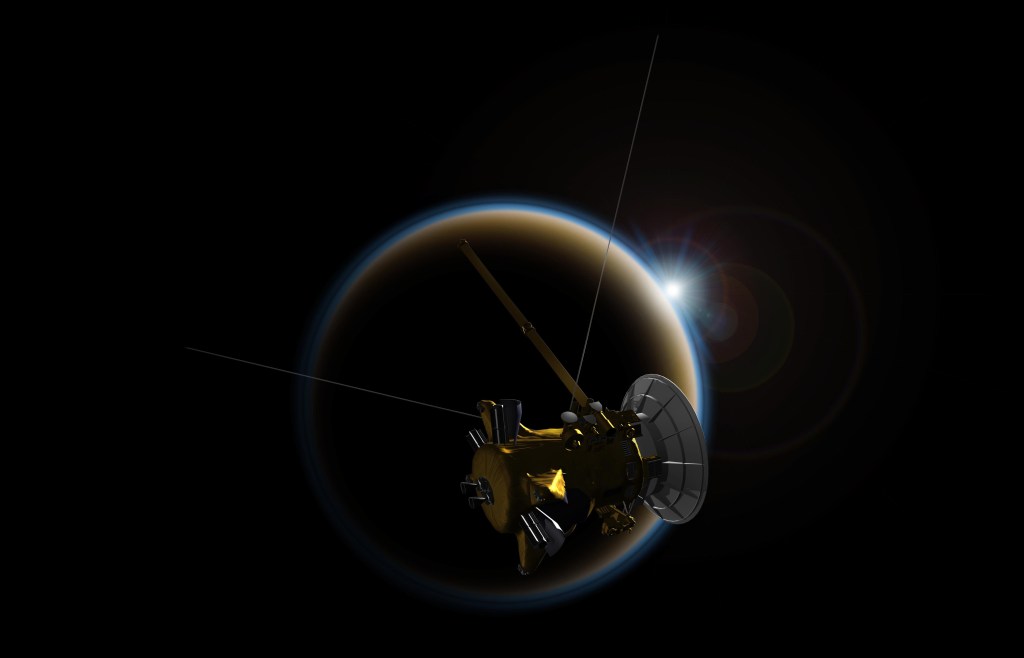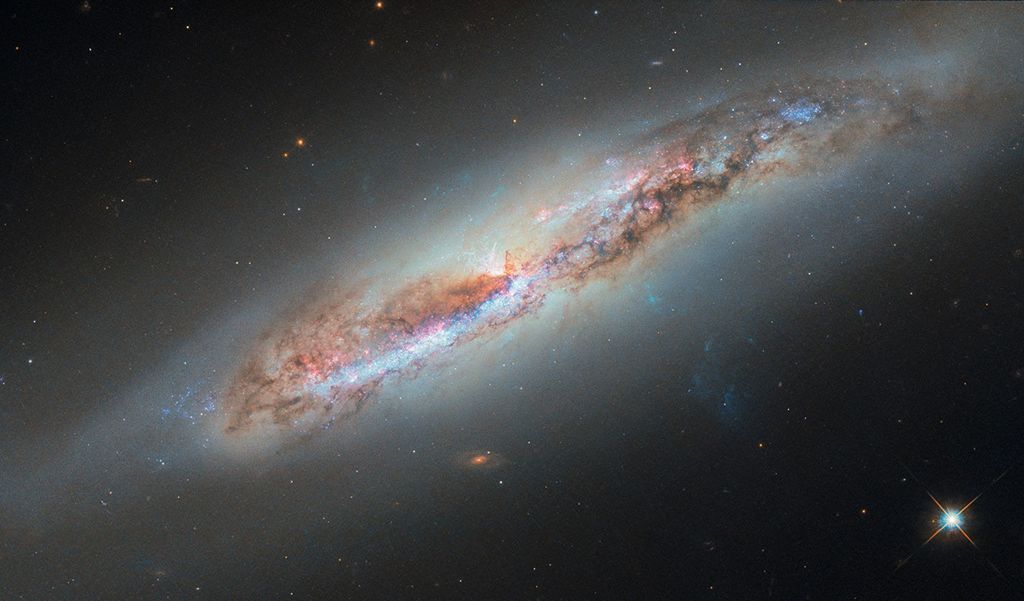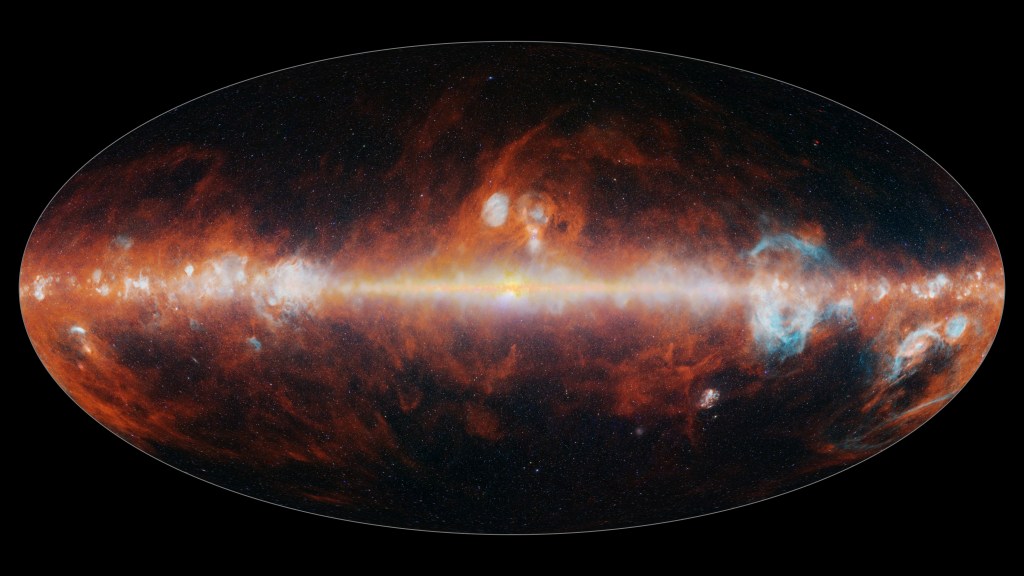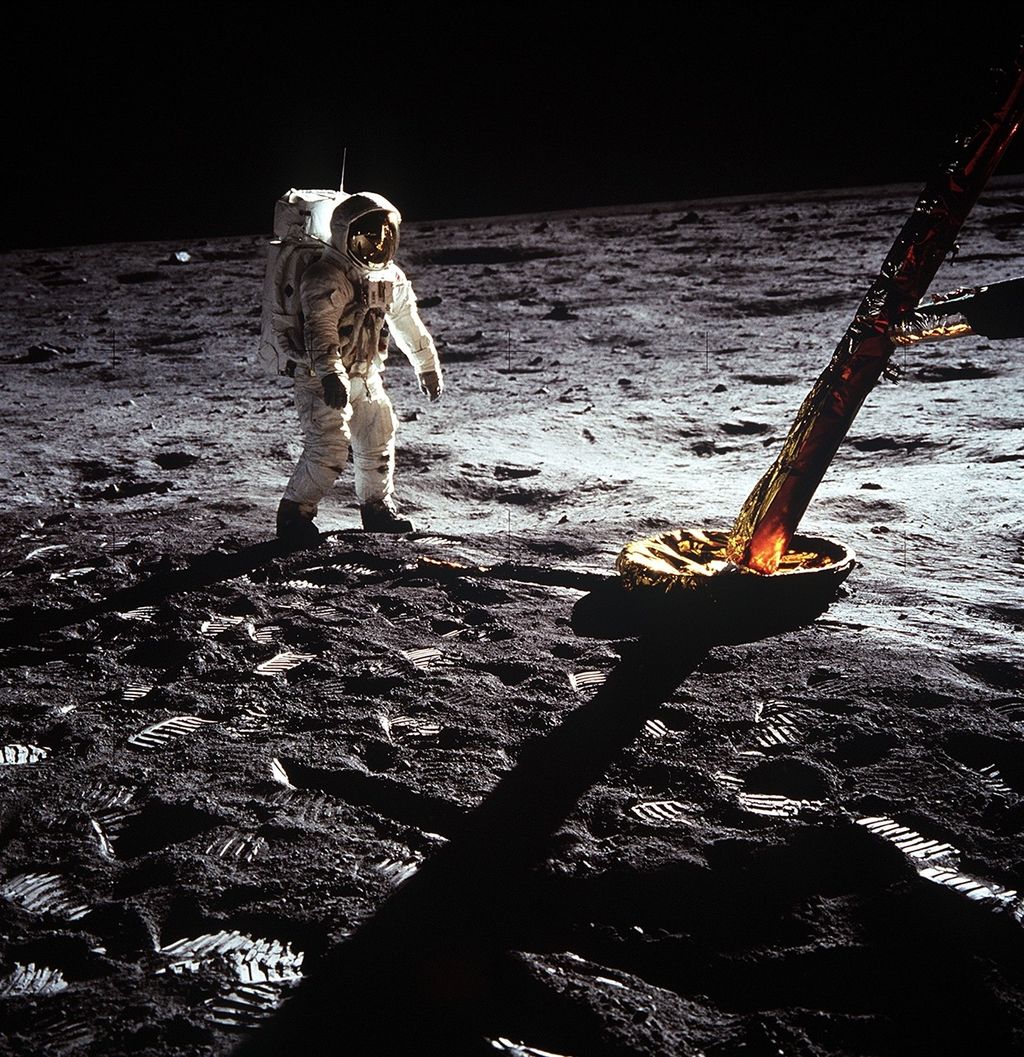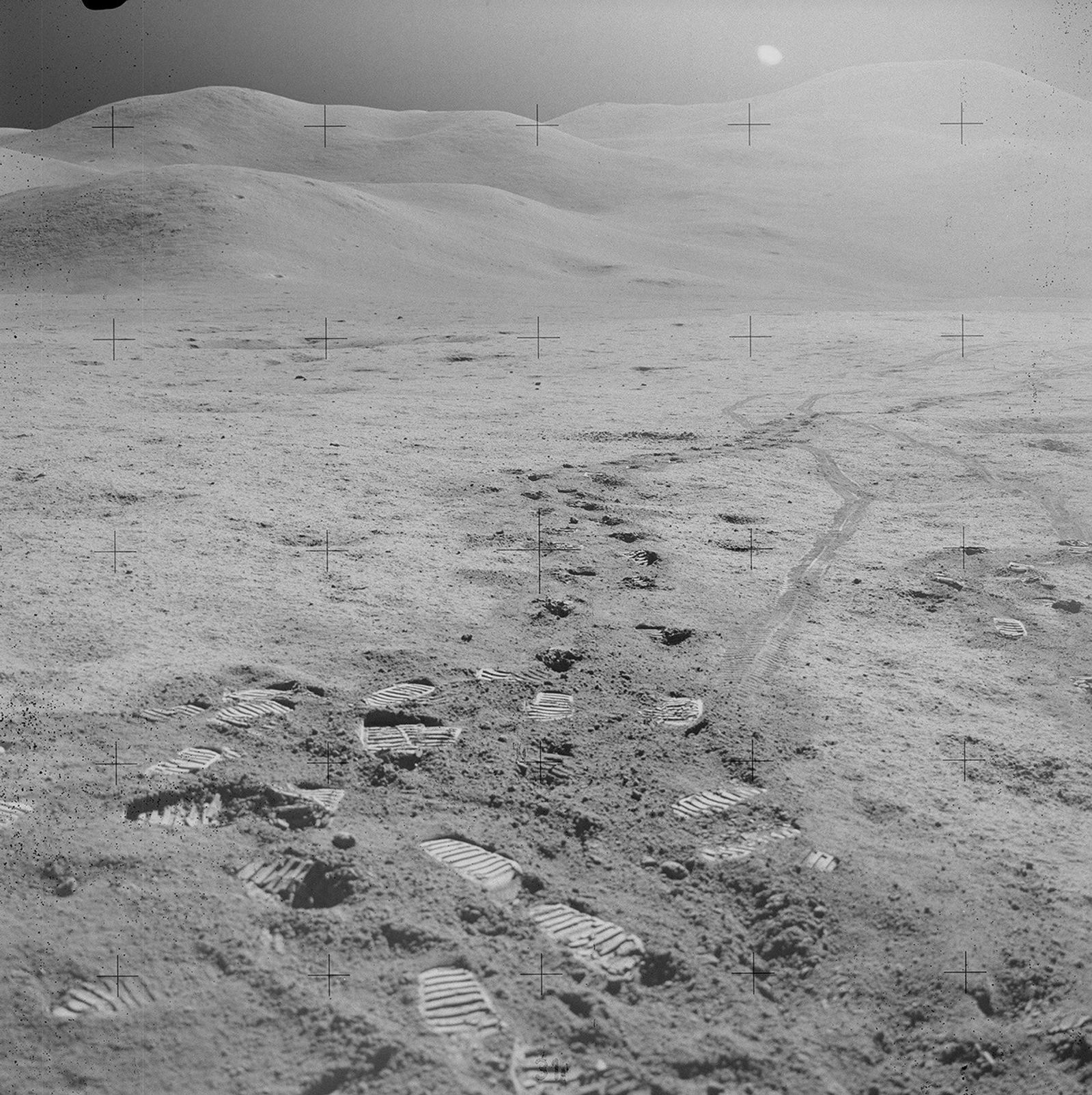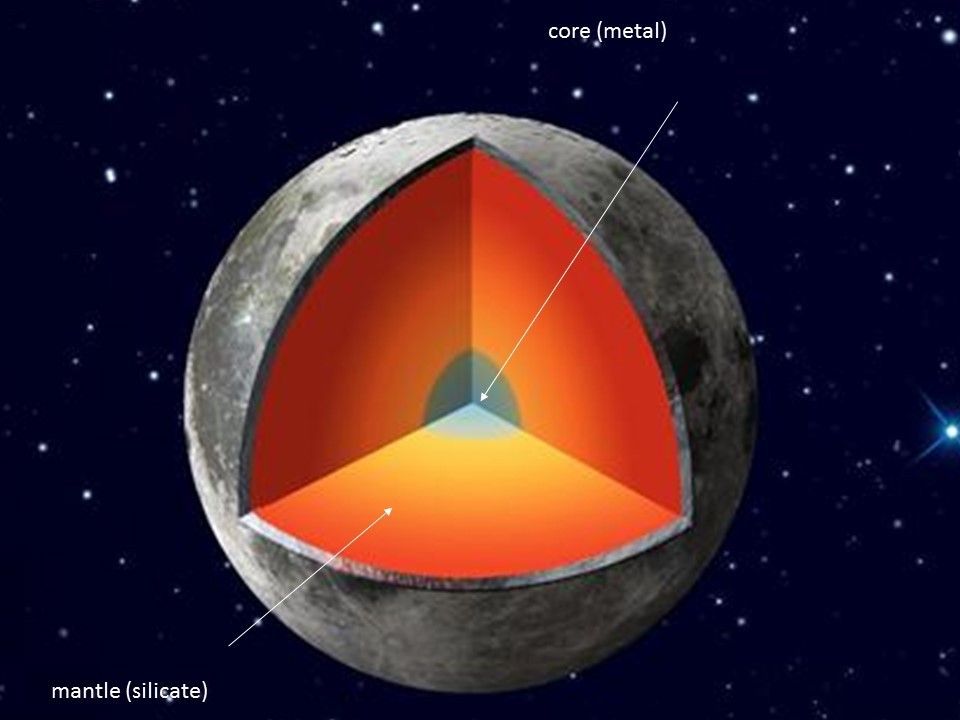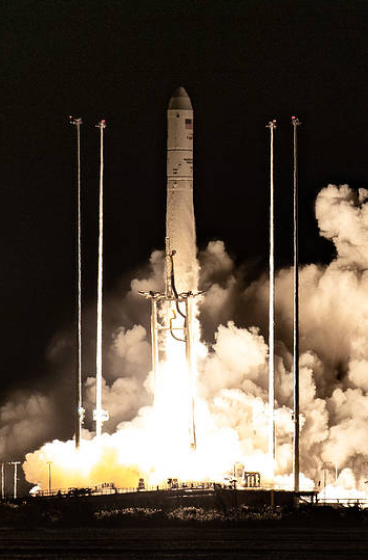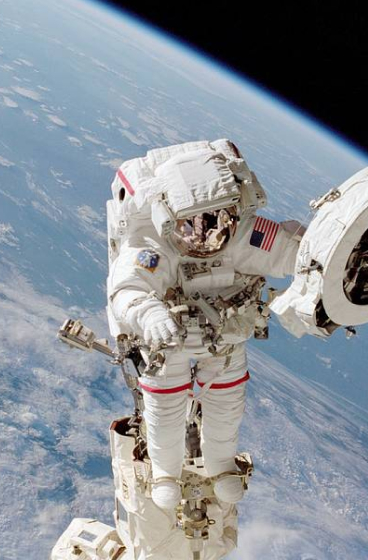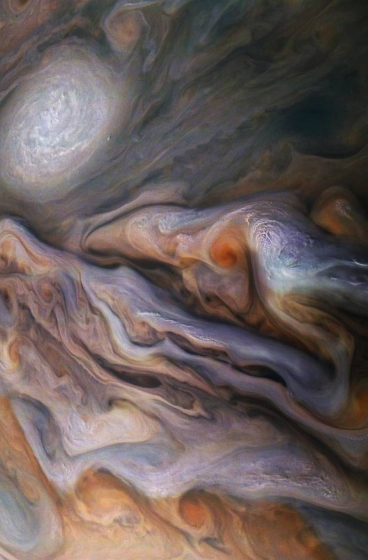Moon dust is part of the lunar regolith, the dusty, rocky material that covers much of the Moon's surface. Scientists study lunar regolith to learn more about what the Moon is made of, how it formed, what has happened to it throughout our solar system's history, and how we can explore it safely. Moon dust can get everywhere—even inside of astronauts' lungs! The last humans to visit the Moon encountered a surprising hazard: "lunar hay fever", a respiratory response to breathing in dust from the regolith. Rovers, too, must account for the effects of Moon dust on their surface operations. The lunar regolith has much to teach us, and it requires special precautions to explore.
Explore Moon Dust Stories
-
01
Leveraging Lunar Regolith to Further Space Exploration
The tiny particles that make up Moon dust may be a challenge for astronauts to deal with, but they can also be an incredible resource.
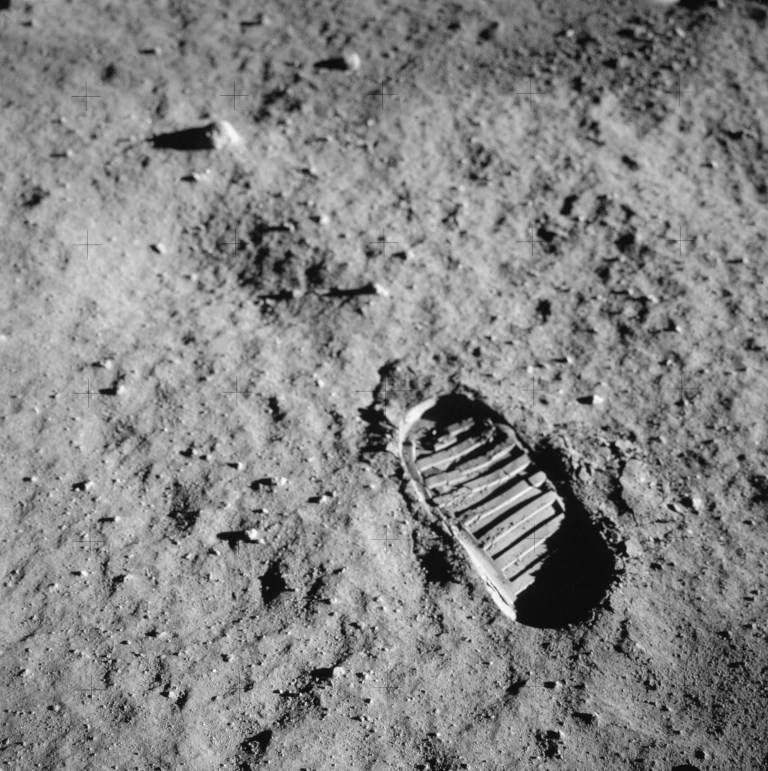 A close-up view of an astronaut's boot print in the lunar soil, photographed with a 70mm lunar surface camera during the Apollo 11 extravehicular activity (EVA) on the Moon.NASA
A close-up view of an astronaut's boot print in the lunar soil, photographed with a 70mm lunar surface camera during the Apollo 11 extravehicular activity (EVA) on the Moon.NASA -
02
Measuring Moon Dust to Fight Air Pollution
Tech designed to protect astronaut health and critical technology from lunar dust is also helping to combat air pollution on Earth. This air-quality sensor system measures Moon dust, forest fire emissions, and more.
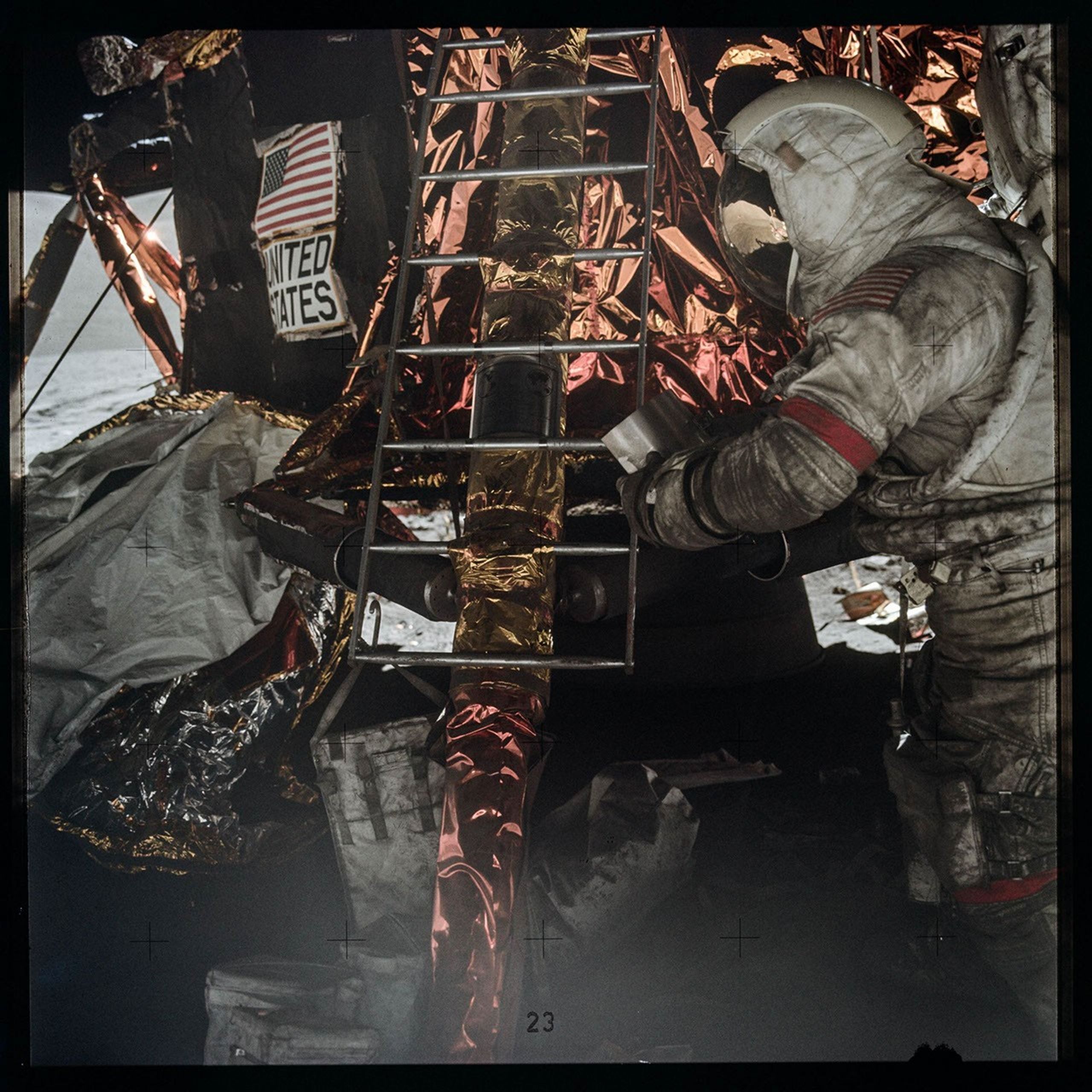 While astronaut Gene Cernan was on the lunar surface during the Apollo 17 mission, his spacesuit collected loads of lunar dust. The gray, powdery substance stuck to the fabric and entered the capsule causing eye, nose, and throat irritation dubbed “lunar hay fever.”NASA
While astronaut Gene Cernan was on the lunar surface during the Apollo 17 mission, his spacesuit collected loads of lunar dust. The gray, powdery substance stuck to the fabric and entered the capsule causing eye, nose, and throat irritation dubbed “lunar hay fever.”NASA -
03
NASA’s Artemis Science Instrument Gets Tested in Moon-Like Sandbox
Before going to the Moon, scientists test lunar tools and techniques on Earth. These researchers are observing how simulated Moon dust interacts with hardware being developed to fly to the Moon with Artemis III astronauts.
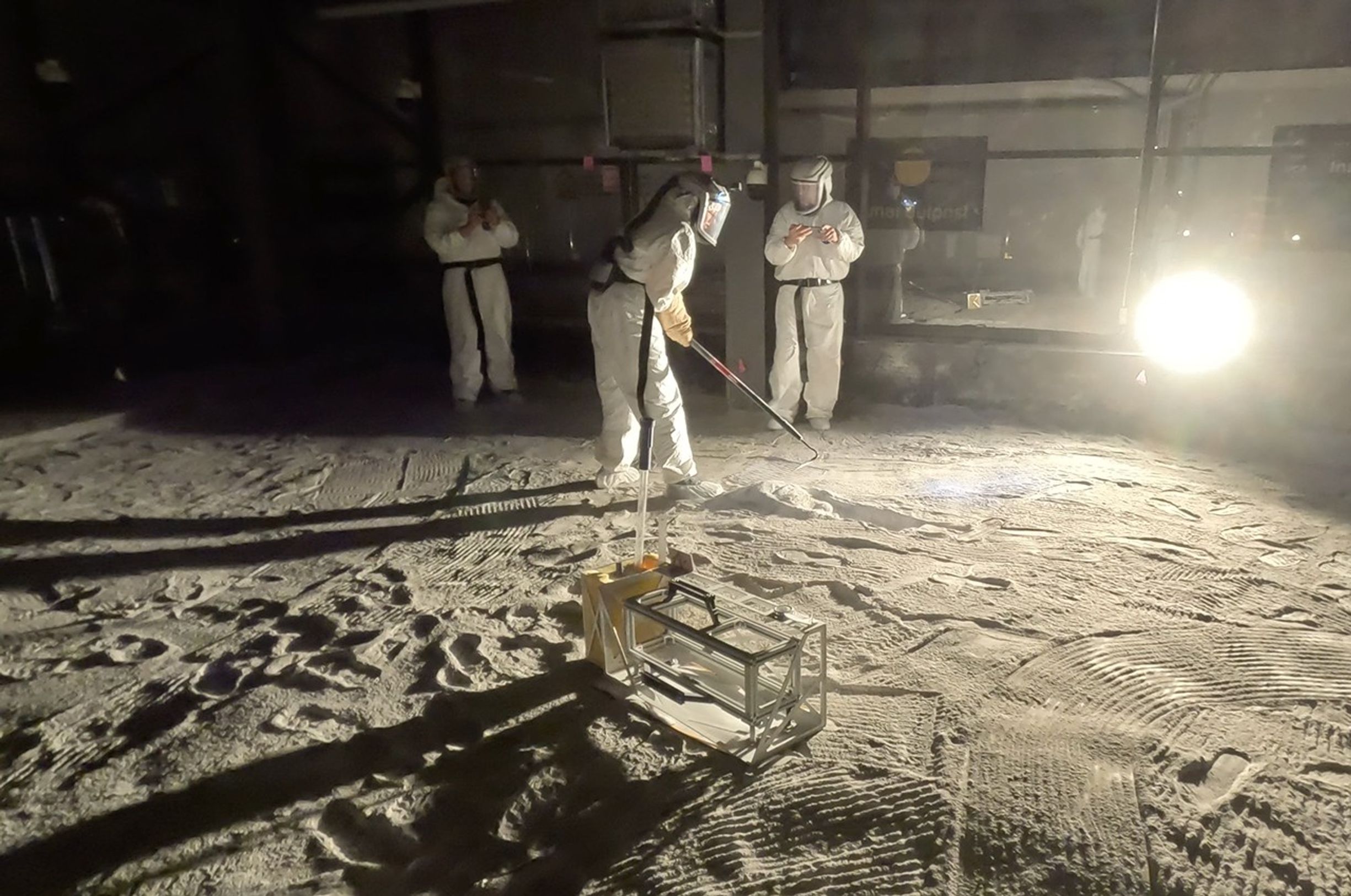 Scientists and engineers tested NASA’s LEMS (Lunar Environment Monitoring Station) instrument suite in a “sandbox” of simulated Moon "soil."NASA
Scientists and engineers tested NASA’s LEMS (Lunar Environment Monitoring Station) instrument suite in a “sandbox” of simulated Moon "soil."NASA -
04
An Out-Of-This-World Problem
Moon dust can be damaging to everything from lunar landers to spacesuits and human lungs if inhaled. To conduct extended human and robotic exploration on the Moon or Mars, we need to deal with dust.
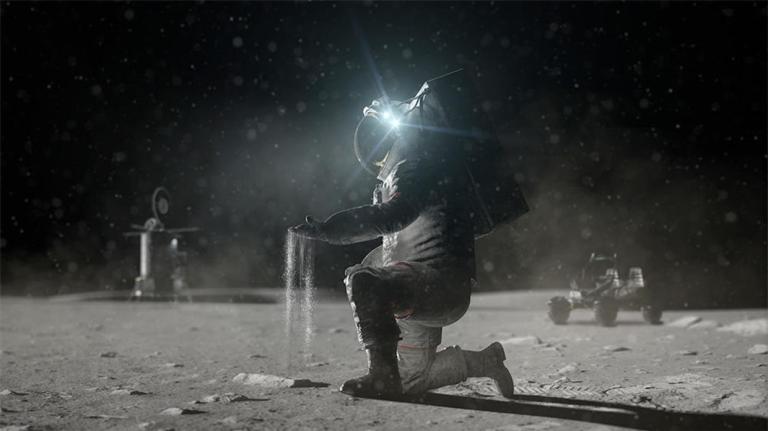 An artist's rendering of a NASA Artemis astronaut working on the Moon's surface.NASA
An artist's rendering of a NASA Artemis astronaut working on the Moon's surface.NASA -
05
NASA Experiment Sheds Light on Highly Charged Moon Dust
Solar wind and ultraviolet light deliver electric charge to the Moon. Researchers are studying data from a recent suborbital flight test to better understand charged lunar regolith, or Moon dust, as NASA prepares to send astronauts back to the lunar surface with the Artemis campaign.
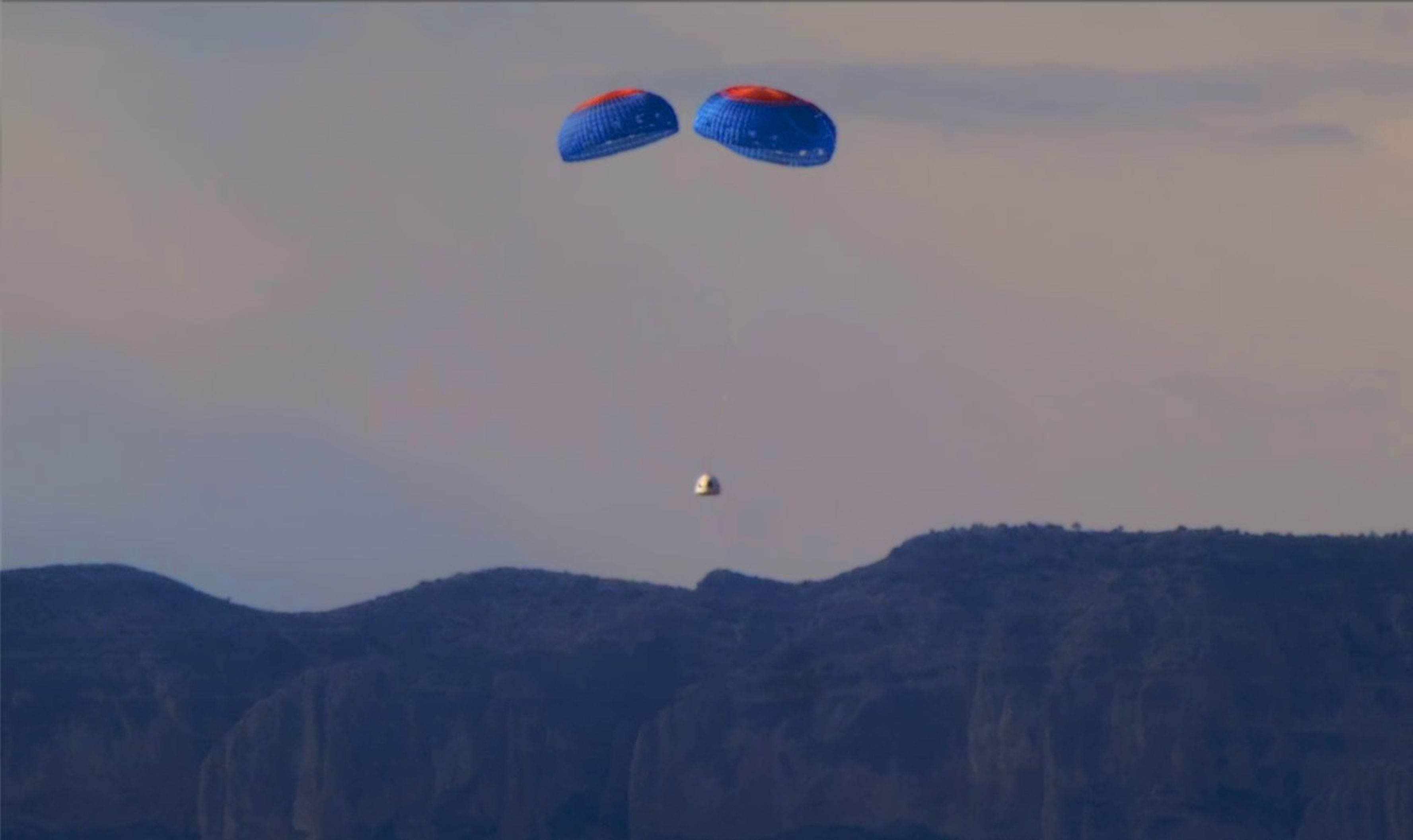 The New Shepard crew capsule descends under parachutes during its launch Tuesday, Dec. 19, 2023.Blue Origin
The New Shepard crew capsule descends under parachutes during its launch Tuesday, Dec. 19, 2023.Blue Origin


